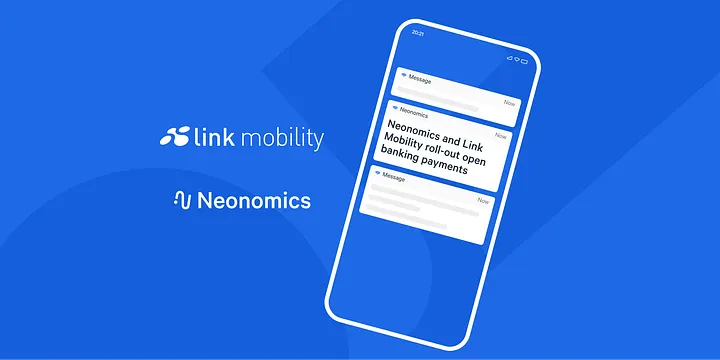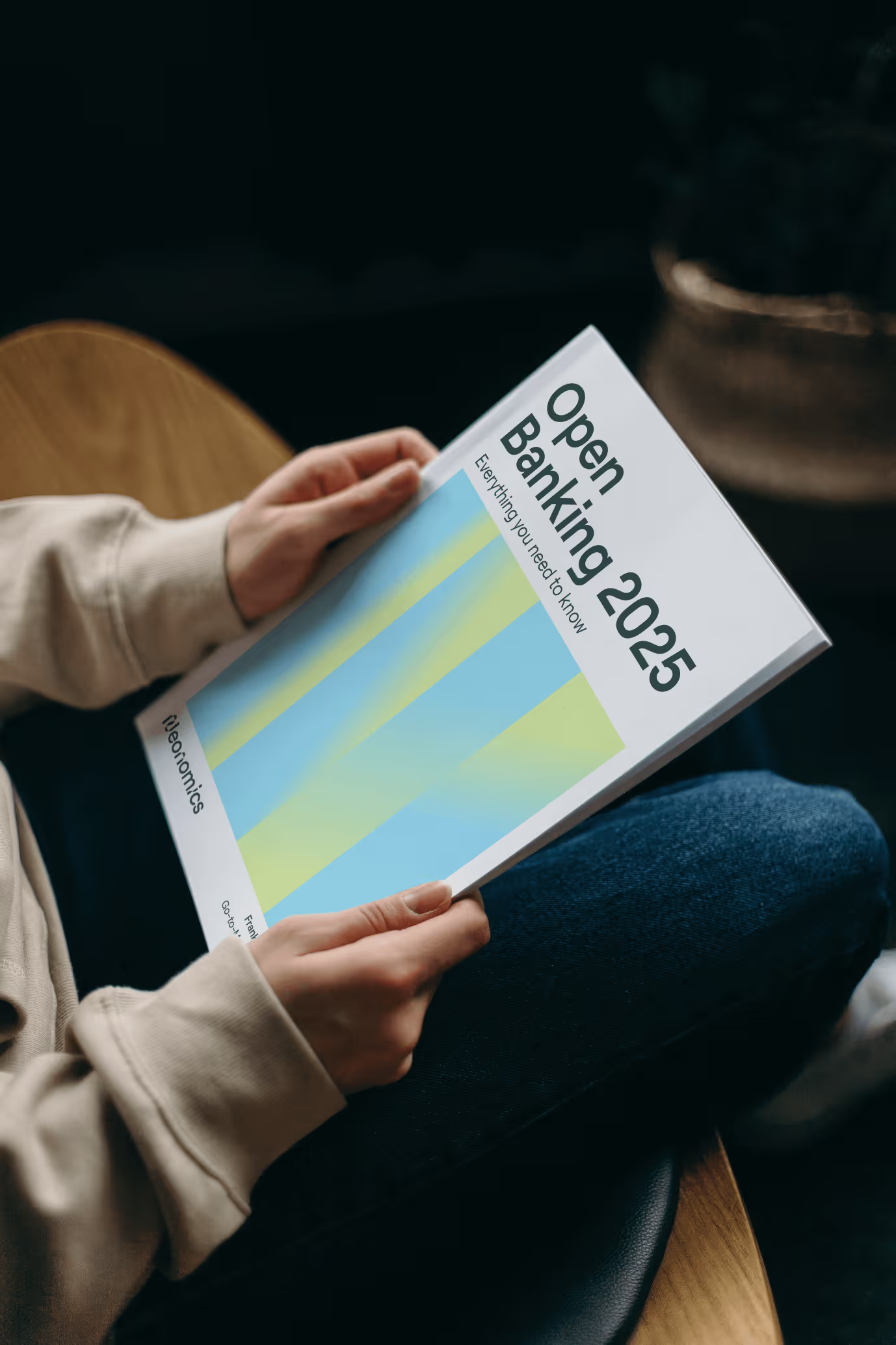Let's chat about something we all encounter but don’t often discuss in detail: shared finance. Think of that joint account you might have with your spouse, or how you manage finances with your kid in college, to managing shared bills. It sounds simple – sharing a bank account – but in reality, it’s a bit more complex than that.
What’s the deal with shared finance?
Shared finance isn’t a new concept – but it’s growing more complex and pervasive. Beyond the usual joint accounts and shared credit cards, we're seeing more nuanced scenarios needing specific access rules and varying durations. These complexities bring a unique set of challenges for financial institutions and consumers alike.
For banks and financial institutions, some of these challenges include ensuring strong identity verification for all accounts, determining ownership and responsibility, establishing access rules on a more granular level, and digitalising the setup process. A person may have access to multiple accounts, but with varied permissions. Banks have tried creating separate identities for different contexts, but this approach can be cumbersome.
When it comes to the consumer side, setting up shared accounts can be equally daunting. They are time-consuming and complex, often involving multiple steps and lengthy verification processes in a multi-user account setup. Combine that with managing access to various features of the account, especially when needs and circumstances can change over time. What’s more, is that consumers often need the flexibility to make changes to their shared accounts, which can be a burden with traditional banking systems.
Consumers want control – fast, effortless, and the ability to manage access and consents in just a couple clicks, without having to visit a branch or go through any manual processes, causing unnecessary friction for both parties.
Reshaping collaborative financial management
Here’s where fintechs like Neonomics play an important role. They’re not just offering shared financial products; they’re reinventing how we are experiencing them. In the journey of optimising shared finance management, we see how open banking is becoming a key player and differentiator in the industry. Consumers can benefit from multi-party identity verification, in-app personal finance management tools, and shared wallets to name a few.
These kinds of solutions are also independent yet interconnected with online banks, creating the opportunity for traditional financial providers to collaborate, innovate and improve their in-house solutions to better support shared finance.
For financial institutions, open banking offers a gateway to a more integrated financial ecosystem, allowing banks to access a wealth of user-consented customer data, enabling more personalized services and the creation of new revenue streams. By collaborating with fintechs, banks can leverage technological advancements and shared data to offer more competitive and tailored products, access broader markets, and create more efficient processes. In essence, it’s a collaborative approach that not only enhances customer engagement but also fortifies the banks’ own strategic positioning in a rapidly evolving digital economy.
Future proofing customer authentications, user experience and PFM
Here's the deal: open banking gives users and their shared account partners more control. Imagine being able to hand pick who gets to see your financial info and how they use it. It's like having a customizable dashboard for your joint finances, which is pretty neat, right?
But it's not just about control. Open banking is a hotbed for innovation in finance. It brings to the table new and fresh, user-friendly tools that simplify payments and personal finance management, all seamlessly integrated with user accounts. This means no more clunky transactions between different banking services – everything is smooth and connected.
And let's not forget user security and transparency – two things we all care about. Open banking is built on the foundation of safeguarding financial data and making sure consumers know exactly who's accessing it and why. This is where companies like Neonomics step in – the intermediary offering account verification when onboarding, streamlining account set-up and connecting multiple accounts as well as from multiple banks.
In short, open banking isn't just another financial trend; it's a smart, secure way for consumers to manage shared finances in today's digital world. And for financial institutions, open banking fosters a competitive ecosystem that drives banks to continuously improve efficiencies and customer service, strengthening their position in the financial marketplace. So whether your customers are splitting bills, making online purchases, or just keeping track of shared expenses, open banking is there to make the process smooth, safe, and tailored to their needs.
Want to learn how your business can benefit from open banking payments and data? Let's talk!






.png)






.png)











































